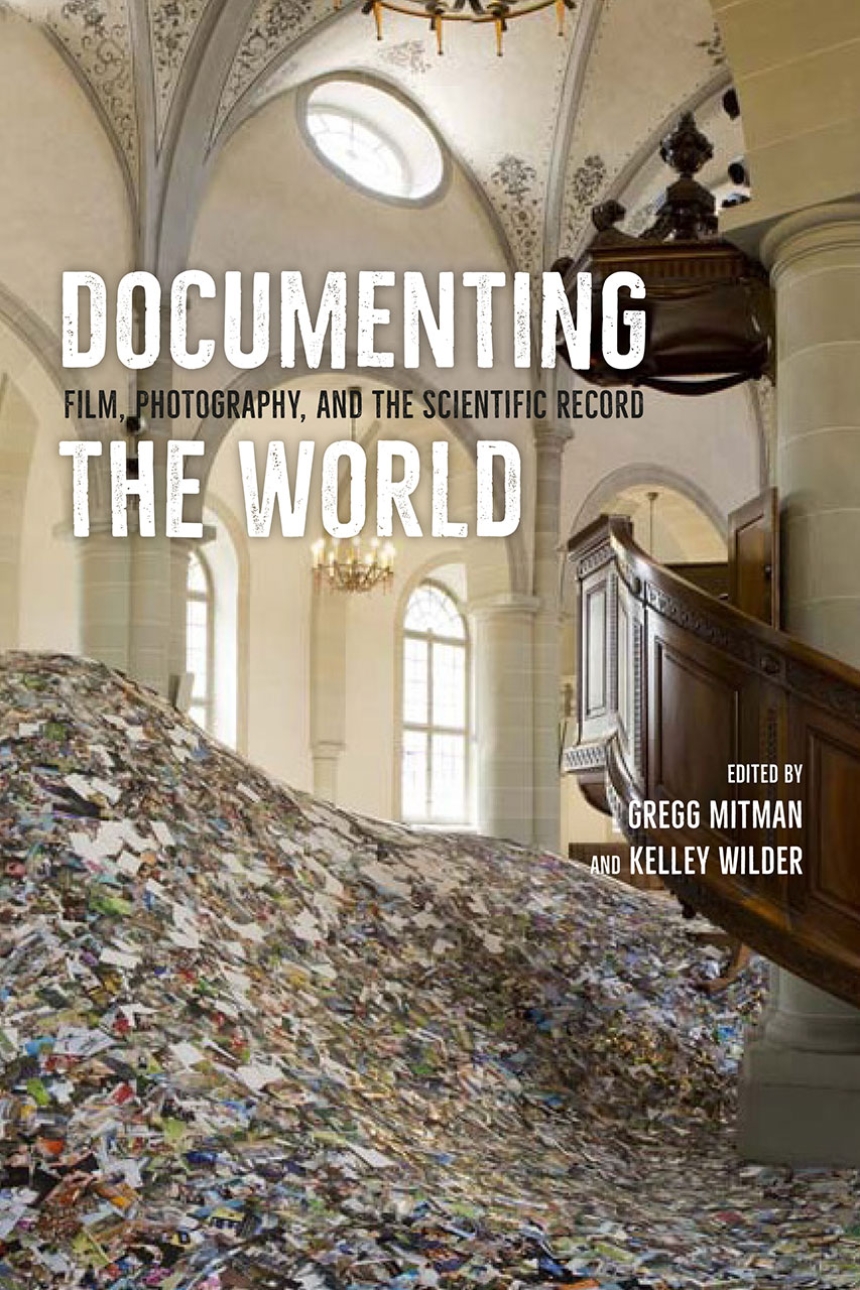Documenting the World
Film, Photography, and the Scientific Record
Documenting the World is about the material and social life of photographs and film made in the scientific quest to document the world. Drawing on scholars from the fields of art history, visual anthropology, and science and technology studies, the chapters in this book explore how this documentation—from the initial recording of images, to their acquisition and storage, to their circulation—has altered our lives, our ways of knowing, our social and economic relationships, and even our surroundings. Far beyond mere illustration, photography and film have become an integral, transformative part of the world they seek to show us.
Read the introduction.
288 pages | 27 color plates, 40 halftones | 6 x 9 | © 2016
Art: Photography
History: History of Technology
Reviews
Table of Contents
1 Introduction
Gregg Mitman and Kelley Wilder
2 Moving Pictures: Photographs on Trial in the Sir Roger Tichborne Affair
Jennifer Tucker
3 The Colors of Evidence: Picturing the Past in Photography and Film
Peter Geimer
4 Mars in the Making: Digital Documentary Practices in Contemporary Planetary Science
Janet Vertesi
5 Uncertain Knowledge: Photography and the Turn-of-the-Century Anthropological Document
Elizabeth Edwards
6 A Journey without Maps: Film, Expeditionary Science, and the Growth of Development
Gregg Mitman
7 Archival Exposure: Disability, Documentary, and the Making of Counternarratives
Faye Ginsburg
8 Reverse—Cardboard—Print: The Materiality of the Photographic Archive and Its Function
Stefanie Klamm
9 Photographic Cataloguing
Kelley Wilder
10 The Excess of the Archive
Estelle Blaschke
Acknowledgments
Bibliography
Contributors
Index
